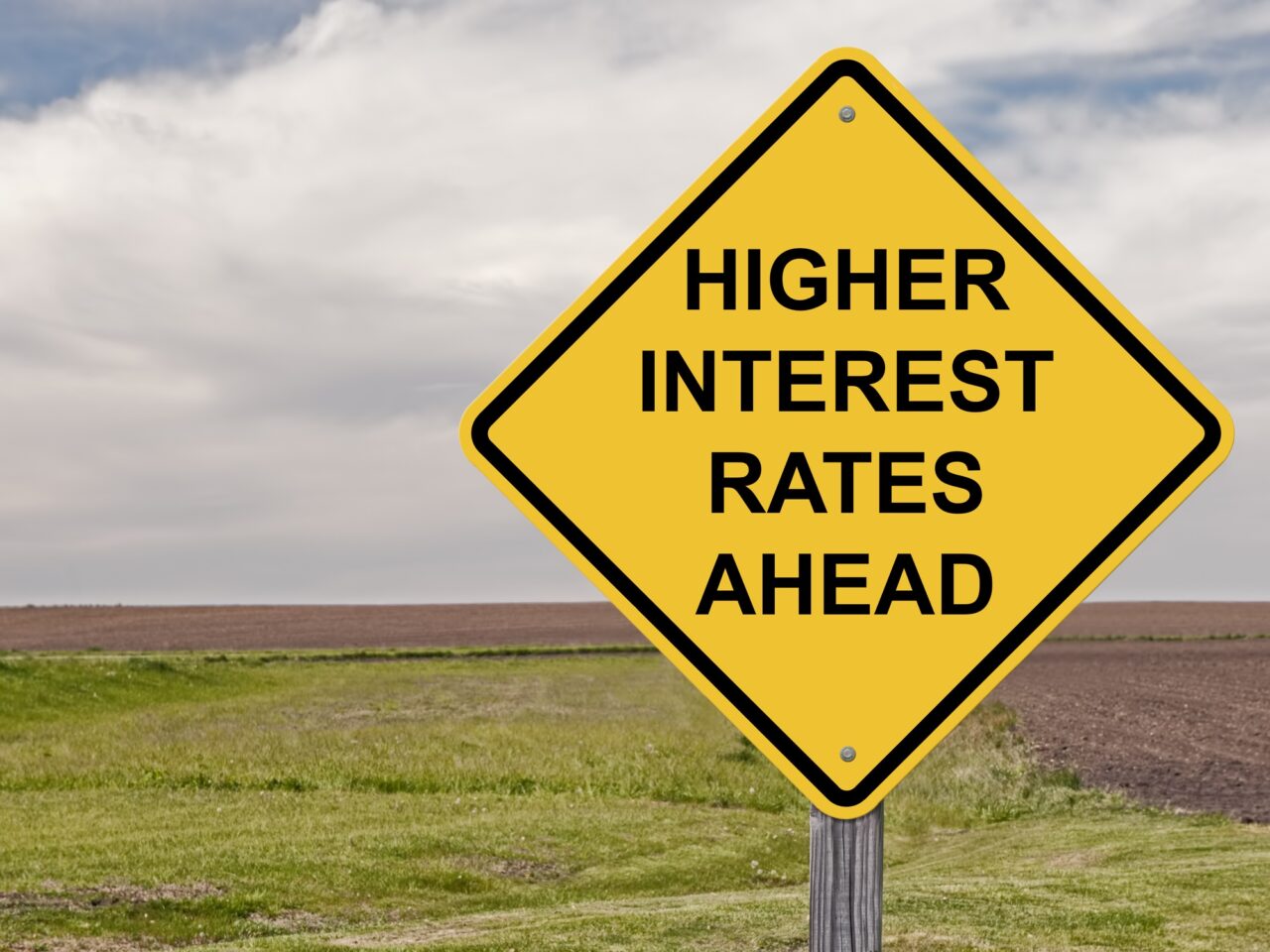What higher interest rates mean for the P&C industry

When the Bank of Canada hiked interest rates a full half point on Wednesday, at first blush, it seemed Canada’s P&C industry might benefit from the inflation-curbing measure by garnering greater returns on their investments. But it’s not that straightforward, says an industry financial expert.
“Rising interest rates, like the 50-basis-point (0.5%) rise [Wednesday], are double-edged swords for the insurance industry,” Joel Baker, president and CEO of MSA Research, commented in an email to Canadian Underwriter.
“In the short term, they immediately lower the value of fixed-income assets on the insurer balance sheet,” he writes. “The magnitude of the impact depends largely on the duration of the portfolios. The longer duration, the larger the hit. In the longer-term, rising rates provide greater returns on new investments.”
The reason for this is that the companies’ existing fixed-income investments, generally bonds, carry coupon rates that are now lower than what insurers and other investors will be getting on bonds issued after Wednesday’s rate hike.
Further, those older bonds are now less attractive to investors who buy fixed-income investments on the open market, making it more likely the insurers that own them will end up holding them until they mature. The good news is, any new bonds insurers buy for their portfolios will carry higher rates, thanks to the 0.5% rate increase.
While insurers are always conservative about investment choices, Canada’s P&C industry has been shifting toward longer-duration portfolios over the course of the pandemic, as Baker observed in a Q4-2021 MSA Quarterly Outlook Report article.
Overall, the industry’s portfolio durations “have increased by 0.5 [years] between 2019 and 2021,” Baker observes, “which indicates that the industry is slightly more sensitive to rising rates now, than it was in 2019.”
Investopedia defines “duration” as a “measure of how long it takes, in years, for an investor to be repaid the bond’s price by the bond’s total cash flows.”
Duration factors into several things, including a bond’s maturity rate. The longer the maturity rate, the higher the duration of an investment portfolio that holds those bonds, and the more sensitive the portfolio will be to interest-rate changes.
For this reason, as Baker points out, “long durations are riskier than short in a rising interest rate environment; small movements in interest rates whipsaw portfolios with long durations much more than those that are shorter. Further, portfolios with shorter durations mature sooner, freeing up capital for reinvestment at higher rates.”
As for curbing inflation, Baker sees the recent rate hike as insufficient.
“The impact on inflation may not be significant,” he told Canadian Underwriter. “One or two rate hikes may not do the trick, especially as supply shortages persist.”
The Bank of Canada is on record as saying there may be more rate hikes in the future.
Feature photo courtesy of iStock.com/JimVallee







